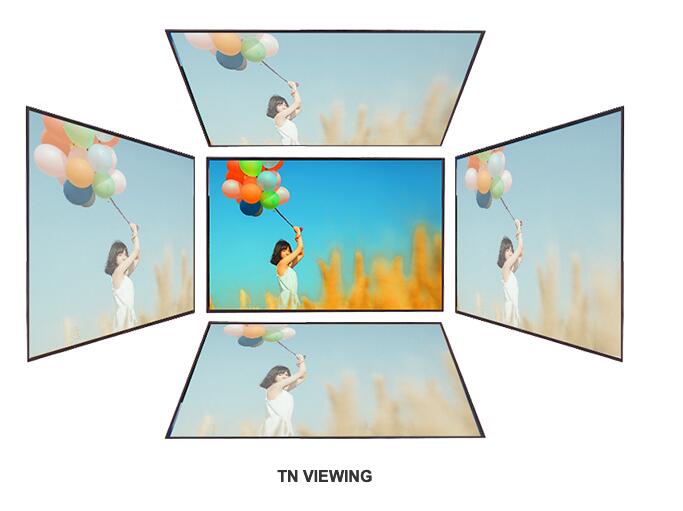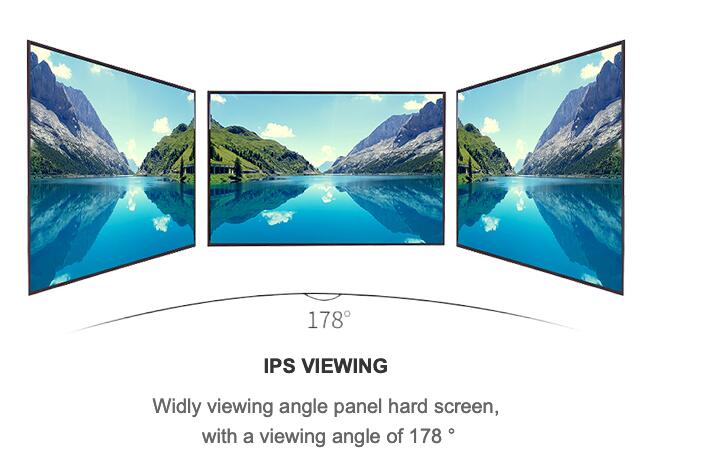
Title: LCD Display Screen Viewing Angles and Their Differences
For those familiar with the LCD industry, one of the parameters that often arises in discussions about LCD display screens is the "viewing angle." It may seem like a minor detail, but it holds substantial importance. Many industry professionals may mention it briefly, but for end-users, a lack of understanding can lead to unforeseen issues, resulting in significant inconvenience.
Today, we will delve into the seemingly straightforward yet crucial aspect of LCD display screen viewing angles.
The viewing angle of an LCD display screen refers to the range from which a user can observe all content on the screen clearly. Some LCD screens have light sources that, after refraction and reflection, exhibit a certain degree of directionality. When viewed from outside the specified viewing angle, color distortion may occur.
LCD display screen viewing angles primarily fall into two categories: TN (Twisted Nematic) and IPS (In-Plane Switching). Let's explore the differences between these two.
TN Viewing Angles:
TN viewing angles, also known as conventional viewing angles, are often represented by parameters like 6H, 9H, 3H, and 12H. These designations correspond to viewing angles from different directions, commonly referred to as 6 o'clock, 9 o'clock, 3 o'clock, and 12 o'clock directions. These angles translate into approximate horizontal and vertical angles of about 45 degrees each. While TN viewing angles might not be as wide as those of IPS, they are still suitable for various applications, and they are cost-effective.

IPS Viewing Angles:
IPS stands for In-Plane Switching, and it is sometimes referred to as Super-TFT. IPS aligns the liquid crystal molecules parallel to the glass substrate, enabling a viewing angle expansion of up to 178 degrees, similar to the viewing angles of traditional CRT monitors. However, this technology has its drawbacks, such as the requirement to place the electrodes on one side of the LCD, which is different from TN mode.

In Conclusion:
Understanding the viewing angles of LCD display screens is crucial when selecting the right display for your needs. Whether you require a wide viewing angle for professional design work or a reasonable viewing angle for everyday use, having a grasp of this knowledge will assist you in making informed decisions when purchasing an LCD display screen.